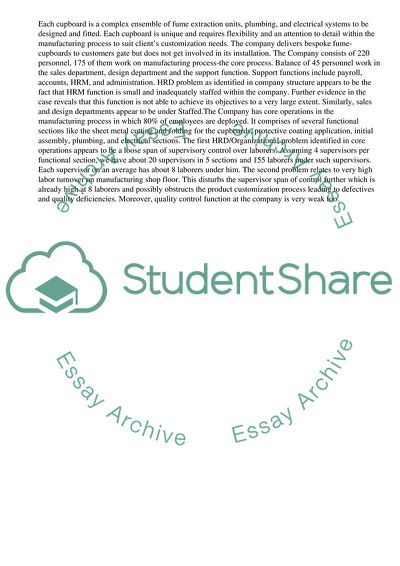Cite this document
(“Strategic HRD and HRM Essay Example | Topics and Well Written Essays - 4250 words”, n.d.)
Strategic HRD and HRM Essay Example | Topics and Well Written Essays - 4250 words. Retrieved from https://studentshare.org/management/1536457-issues-in-strategic-hrd-and-hrm-a-case-study
Strategic HRD and HRM Essay Example | Topics and Well Written Essays - 4250 words. Retrieved from https://studentshare.org/management/1536457-issues-in-strategic-hrd-and-hrm-a-case-study
(Strategic HRD and HRM Essay Example | Topics and Well Written Essays - 4250 Words)
Strategic HRD and HRM Essay Example | Topics and Well Written Essays - 4250 Words. https://studentshare.org/management/1536457-issues-in-strategic-hrd-and-hrm-a-case-study.
Strategic HRD and HRM Essay Example | Topics and Well Written Essays - 4250 Words. https://studentshare.org/management/1536457-issues-in-strategic-hrd-and-hrm-a-case-study.
“Strategic HRD and HRM Essay Example | Topics and Well Written Essays - 4250 Words”, n.d. https://studentshare.org/management/1536457-issues-in-strategic-hrd-and-hrm-a-case-study.


